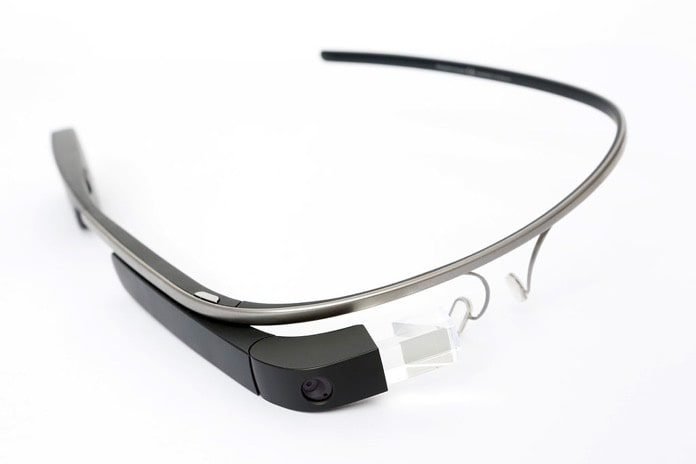A recent pilot study by researchers at Stanford University, USA, tested the use of Google Glass to help children with autism develop better social skills.
Autism affects approximately 1 in 59 children in the United States. Children with autism struggle with social and communication skills and find it hard to recognise facial expressions and make eye contact. Previous research has shown that the earlier children with autism start behavioural therapies, the better these children are in the long-term. However, current standard behavioural interventions are criticized for being too long and dependent on specialist’s assistance. Also, due to a shortage of trained therapists, the current waitlist time for therapies can be as long as 18 months.
Researchers at Stanford University recently investigated the use of Google Glass as an alternative therapy tool for children with autism. They specifically determined whether this wearable device can help children read facial expressions and improve their social skills. The use of Google Glass has the potential to meet the previously unmet need for reliable, home-based treatments.
Stanford researchers designed an app that provides children with real-time cues about other people’s facial expressions. The device can be linked to a smartphone through a wireless network. It has a glass-like frame and is equipped with a camera to record the view of the child wearing it. It also contains a speaker and a small screen to provide audio and visual information to the child. When a child wearing the device is with people, the app identifies and names the emotions of the people they are interacting with. The therapy has been renamed Superpower Glass to make it more appealing to children.
The device was designed to be used in three different ways:
1. Free play
During free play children wear Google Glass while they are playing or interacting with their families. The device provides the child with a visual or audio cue when it recognises an emotion on the face of someone in view.
- Game mode: Guess my emotion
There are also two games modes. One game mode is “guess my emotion”. The parent will act out a facial expression linked to one of the eight core emotions and the child will try to identify it. This game helps both the researchers and families to track improvements in the children with identifying emotions.
- Game mode: Capture the smile
The second game mode is “capture the smile”. This mode requires the children to give another person clues about the emotion they want to express until the other person acts it out. This enables the researchers to gain insight into the children’s level of understanding of different emotions.
Recently published in npj Digital Medicine the pilot study by researchers at Stanford University, USA, looked at the potential use of this tool as a home-based treatment. They sent it home with 14 families to assess whether Google Glass is an effective social learning device for children with autism. The at-home study required families to complete three or more 20-minute sessions per week.
The 14 families who complied with these requirements had the device at home for an average time of 72 days. At the start and end of the study, parents were asked to complete questionnaires. This provided the researchers with detailed information and the social skills of the child. Interviews were also conducted to find out any feedback from the families on the use of the device.
Children made more eye contact and related better with others
Parents reported that after regular use for one to three months, children with autism using the device made more eye contact and related better with others. It was also reported that in families with children with more severe autism, the game mode was chosen more frequently than free play. These findings suggest Google Glass may be a potential wearable home-based behavioural therapy for children with autism.
However, the researchers caution that although these findings are promising, the results were not compared to a control group and are therefore not conclusive. The findings have provided them with valuable insights though into the way parents and children with autism engage with the device. This was an important step and has paved the way for them to conduct a larger, randomized study of the therapy.
Written by Lacey Hizartzidis, PhD
References:
- Jena Daniels, Jessey N. Schwartz, Catalin Voss, Nick Haber, Azar Fazel, Aaron Kline, Peter Washington, Carl Feinstein, Terry Winograd, Dennis P. Wall. Exploratory study examining the at-home feasibility of a wearable tool for social-affective learning in children with autism. npj Digital Medicine, 2018; 1 (1) DOI: 1038/s41746-018-0035-3
- Google Glass helps kids with autism read facial expressions. Stanford Medicine News Center website, http://med.stanford.edu/news/all-news/2018/08/google-glass-helps-kids-with-autism-read-facial-expressions.html. Accessed August 13, 2018.
- Photo from Wikimedia Commons: https://commons.wikimedia.org/wiki/File:Google_Glass_Main.jpg



